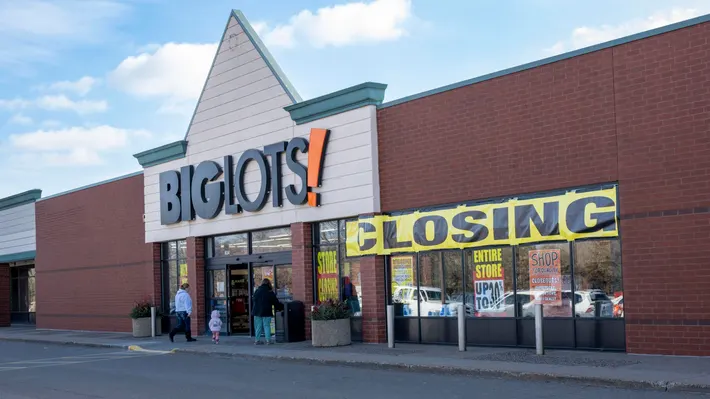More than 3,700 U.S. retail stores are expected to close their doors in 2025, according to industry analysts, highlighting the growing pressure on brick-and-mortar retailers amid the rise of e-commerce and shifting consumer behaviour. The closures will affect both national chains and regional players, reshaping shopping districts across the country.
Major names such as Macy’s, Kohl’s, and Joann Fabrics are among the chains planning to shutter underperforming locations, while discounters and big-box retailers like Walmart continue to expand selectively. Analysts note that many traditional retailers are struggling to compete with online giants that offer lower prices, faster shipping, and vast product selection.
“This is not just a wave of store closures — it’s a structural transformation of retail,” said retail analyst Mark Davidson. “Consumers are increasingly shopping online, and physical stores must provide experiences, convenience, or niche offerings that justify a visit.”
The closure wave is also accelerating consolidation in the industry. Smaller chains and regional operators are being acquired by larger competitors or investing heavily in digital and omnichannel strategies to survive. Retailers are also exploring store formats that combine groceries, apparel, and experiential offerings to drive foot traffic.
Urban and suburban shopping centres are expected to see significant impact. Vacant storefronts could lead to repurposing of real estate for residential, office, or mixed-use developments. “Retailers need to rethink their footprints,” said urban planning expert Dr. Lisa Hernandez. “The era of purely transactional shopping centres is declining; experiences, food, and services are now key drivers.”
Meanwhile, e-commerce marketplaces such as Amazon, Shein, and Temu continue to disrupt the sector. Shein, known for fast-fashion apparel, and Temu, specialising in low-cost FMCG products, have expanded rapidly, drawing shoppers away from traditional brick-and-mortar outlets.
Despite the closures, some analysts see opportunity. Discount chains, niche stores, and experiential retail concepts are likely to thrive in areas where traditional malls and department stores fail. Retailers that can integrate digital tools, streamline operations, and create immersive in-store experiences are expected to weather the transformation.
The 2025 store closure wave serves as a stark reminder that the American retail landscape is in flux. The challenge for industry players is not only surviving but reimagining what physical retail means in a world increasingly dominated by online convenience and shifting consumer expectations.

